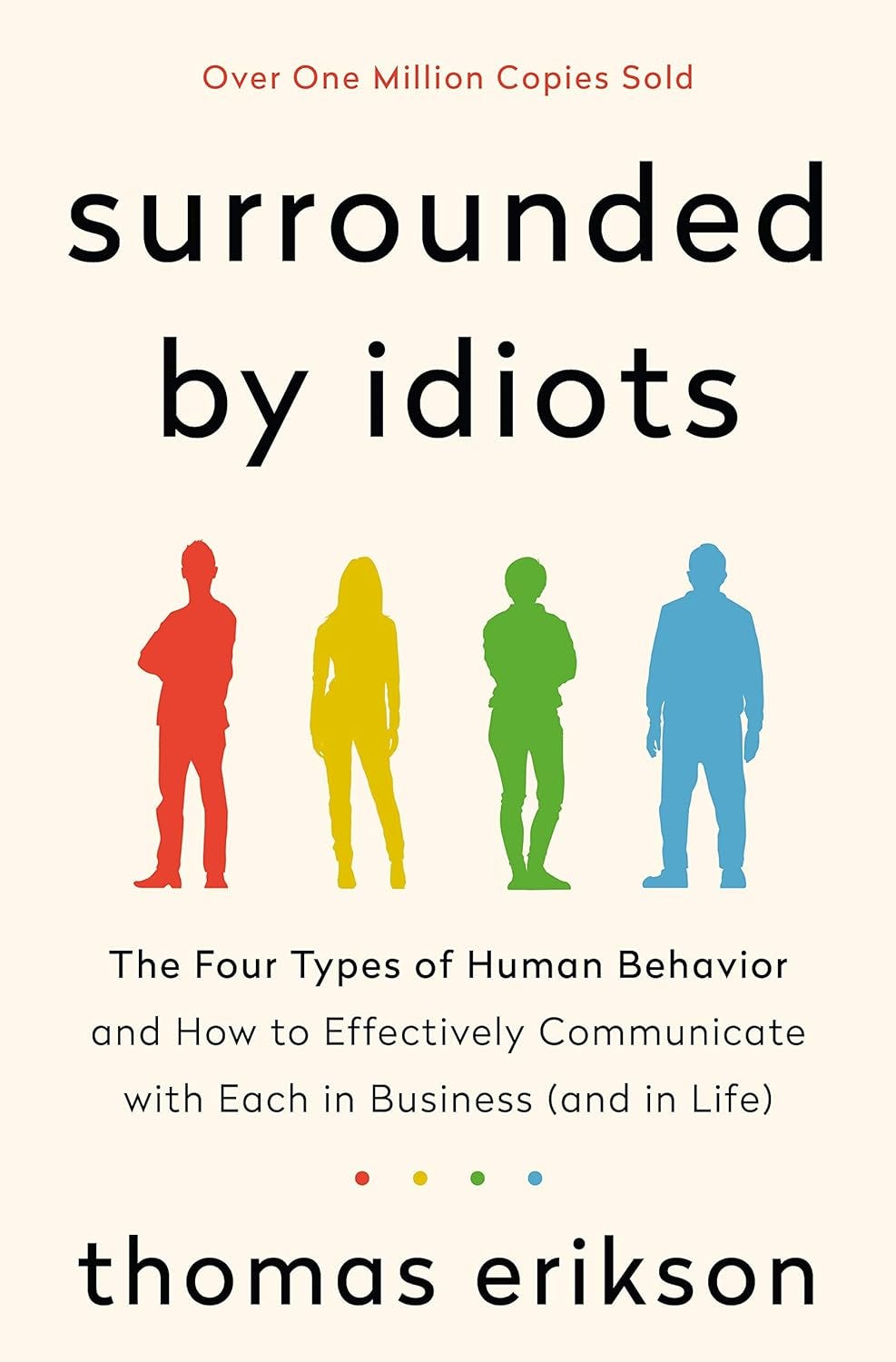Surrounded by Idiots!
The Four Types of Human Behavior — and How to Communicate with Each.
Jul 02, 2025
∙ Paid
TheBookSummaries.com Podcast
Turn your downtime into opportunities for professional, intellectual and financial growth.
We've summarized the best business books un audiobook format.
Subscribe to get new books daily
Turn your downtime into opportunities for professional, intellectual and financial growth.
We've summarized the best business books un audiobook format.
Subscribe to get new books dailyListen on
Substack App
RSS Feed











